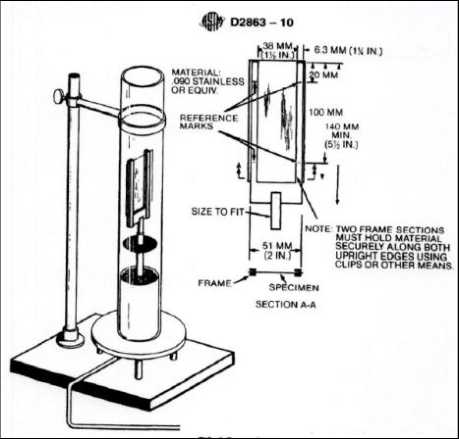- Qinsun Instruments Co., Ltd.
- Tell:+86-21-6780 0179
- Phone:+86-17740808215
- Address:No. 2578 Minhang District Gu Dai Road, Shanghai
- Contact:Mr. Li
- QQ:846490659
Requirements for the use of pH glass electrodes

1. Low impedance glass film
2. Chemical corrosion resistance within the pH range of 0-14
3. Not easily damaged
4. High thermal stability
5. Good reproducibility
6. Not easily hydrolyzed
7. No alkali error
8. Good linearity within the pH range of 0-14
When the surface of thin film glass is soaked in water, the alkaline ions on its surface will dissolve, which means that the surface of thin film glass is hydrolyzed. Depending on the type of glass, this hydrolysis can form a 0.3-0.6nm thick swelling layer on the surface of the glass. For H+ions, this swelling layer is much like an ion exchanger. As the pH value of the tested medium changes, H+ions will diffuse into or out of the swelling layer. For the inner side of the thin film glass, the entire process is the same as above, but because the inner solution is fixed (such as an inner buffer with a pH of 7), it only forms a constant H+ion activity. The inner and outer swelling layers are separated by the glass tissue, and due to the different surface potentials on both sides of the glass membrane, a potential difference is established on the glass membrane. This potential difference can be measured using a mV meter with a pH scale using the zero current method and displayed in the form of pH value. The potential follows the Nernst equation, and under the condition of 25 ℃, when the proton activity changes by one level (one pH), the potential changes by 59.16mV.
The concept of a high-performance electrode should be as follows:
1. Reference system Ag/AgCL
2. Stable half cell potential and anti pollution reference system
3. Anti pollution TEFLON annular diaphragm
4. Maintenance free reference system capable of withstanding 10 bar pressure, filled with high polymer





